The reservoir forms the temporary shallow lake habitat of Kukla Wetlands, which is no deeper than two meters. The reservoir used to be deeper, however it has been used for agriculture in dry seasons for many years and has silted up in time. It can totally dry during summer, however it can hold water for couple of years once it gets relatively full. At the eastern side of the lake the reservoir wall is fringed by phragmites reeds which can become extensive in wet times. The southeast corner is the deepest part and the wetland gets gradually shallower west and northwards. The shallow and temporary nature of the reservoir allows other wetland vegetation to take hold, such as Tamarisk sp., Juncus sp., etc. A most beautiful plant which covers the water like a white sheet during spring is the Pond-water crowfoot (Ranunculus peltatus).
The reservoir habitat homes the majority of the birds seen at the site. Ducks such as shoveller, ferruginous duck, pochard, pintail, etc. benefit from the deeper parts. A variety of waders, plovers, wagtails, pipits etc. forage through the shore line. Black-winged stilts, egrets, herons, flamingos, spoonbills feed in the shallow waters. Crakes, little bitterns, reed warblers, bluethroat and more hide within the reeds. Raptors, in particular harriers, peregrine falcon and bonelli’s eagle regularly patrol the reservoir flushing prey, while swallows, martins and bee-eaters forage for insects.
When full this site is one of the prime birdwatching sites of Cyprus.

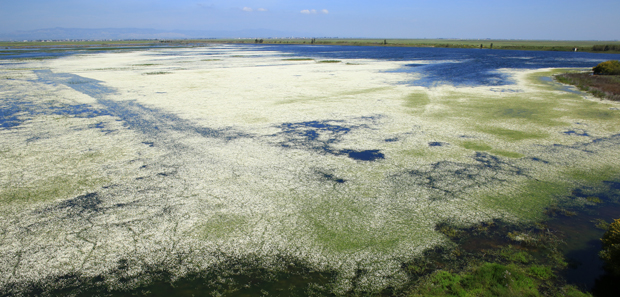
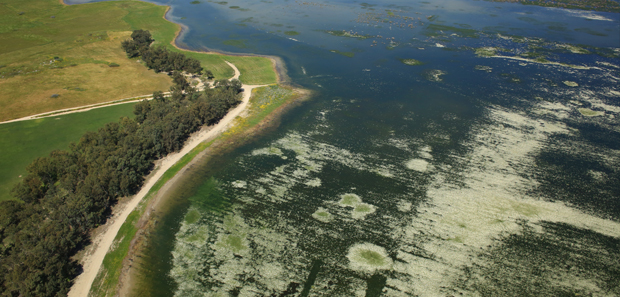
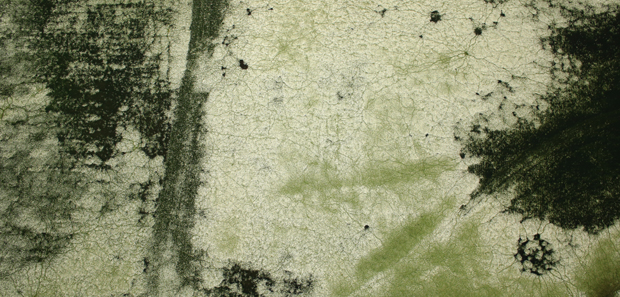
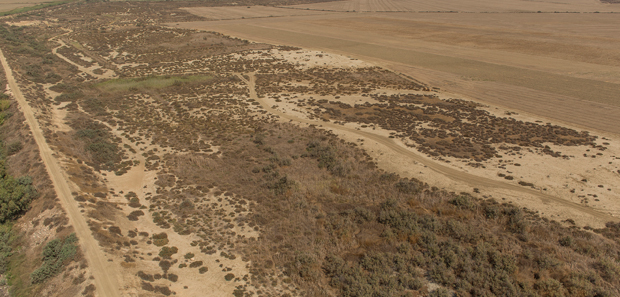
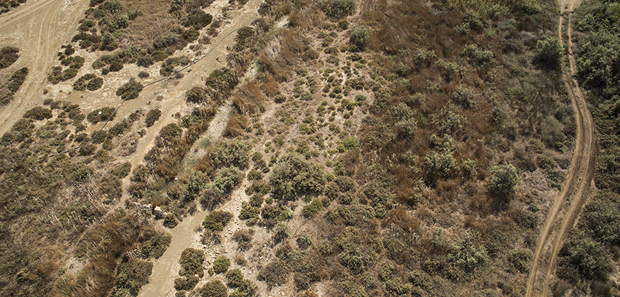
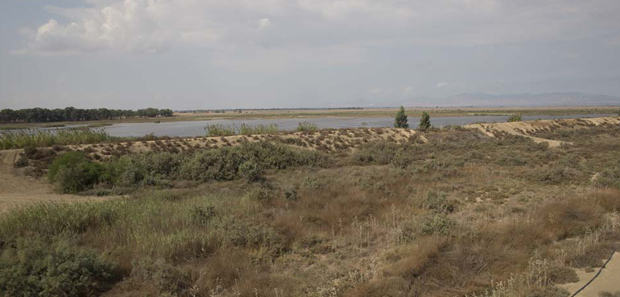
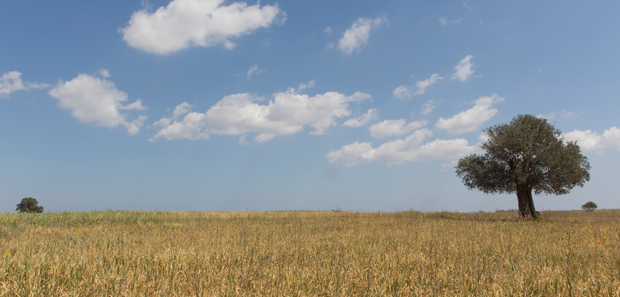 The Eastern Mesarioa Plain is typically harvested for cereals (mostly wheat). As a result the fields surrounding the wetland are full of crops until April and surrounding fields are totally dry once they are harvested.
The Eastern Mesarioa Plain is typically harvested for cereals (mostly wheat). As a result the fields surrounding the wetland are full of crops until April and surrounding fields are totally dry once they are harvested.